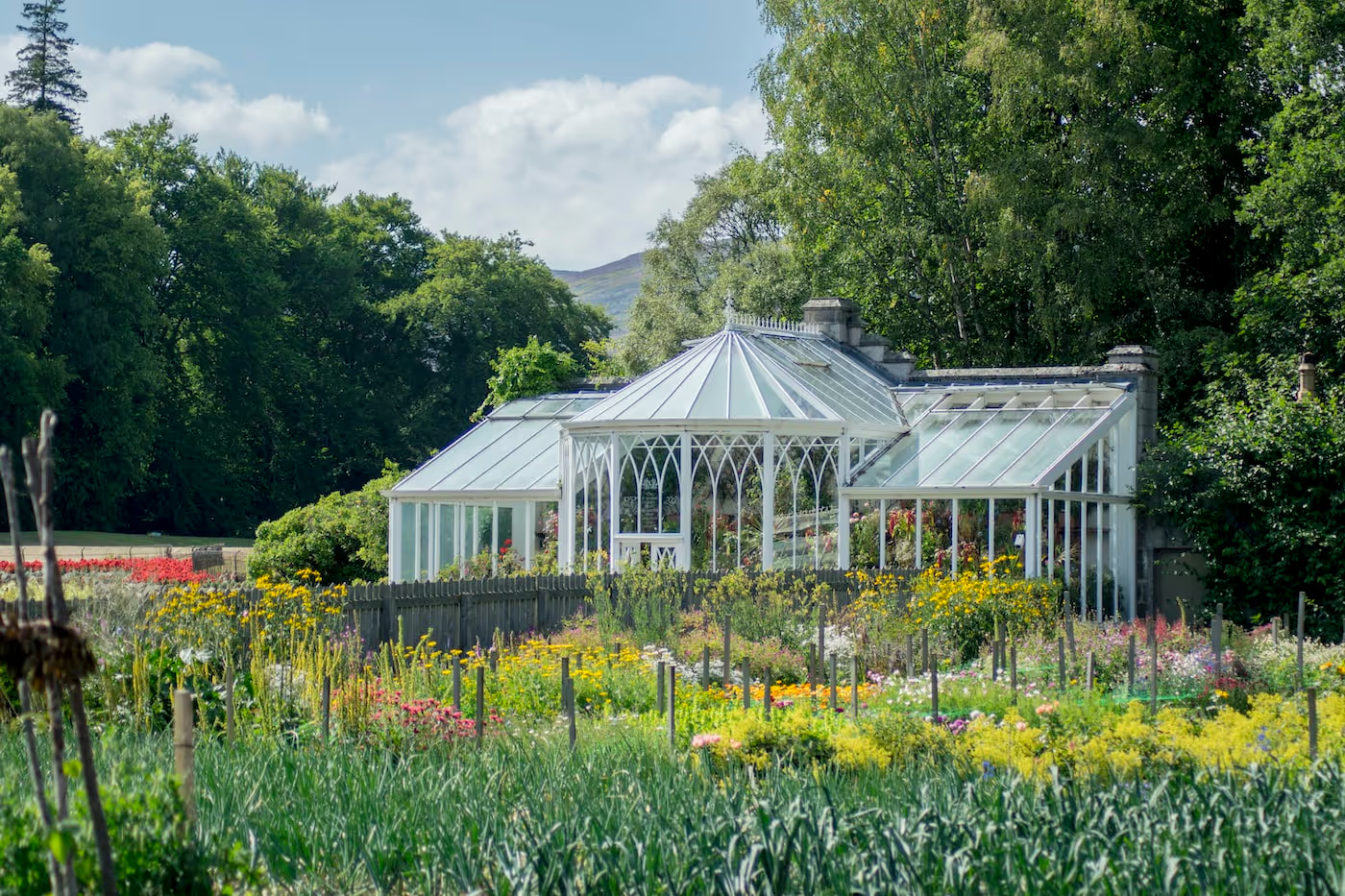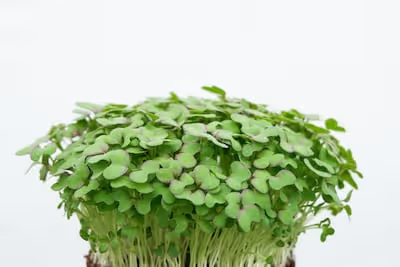Growing Vegetables in Shade: Top Picks for Shady Gardens

Growing Vegetables In Shade
Growing vegetables in shade opens up possibilities for gardeners short on sunlight. Lettuce thrives in cool corners, spinach bolts slower out of full sun, and kale tends to taste sweeter in partial shade. Understanding which veggies tolerate less direct sunlight helps turn shadowed areas into productive garden plots—read on for the best picks to plant where sunshine is sparse.
Cheatsheet: Maximize Shade-Grown Vegetable Yields 🌿
🌤️ Top Veggies for Shady Areas
- 🥬 Leafy Greens: Spinach, lettuce, kale, arugula—quick, nutritious harvests.
- 🥦 Brassicas: Broccoli, cauliflower, Brussels sprouts— tolerate partial shade, high in vitamins.
- 🥕 Root Crops: Carrots, radishes, beets— slower growth but thrive under less sunlight.
- 🧅 Alliums: Scallions, chives, garlic—flavorful herbs with minimal sun needs.
- 🌱 Herbs: Parsley, cilantro, mint, dill—add freshness, adapt easily to shady conditions.
- 🍄 Edible Mushrooms: Oyster, shiitake—low-light lovers rich in protein and minerals.
☀️Understand Shade Levels
- Partial Shade: 3–6 hrs sunlight/day— ideal for brassicas, roots, and leafy greens.
- Dappled Shade: Filtered sunlight through trees—suitable for herbs, lettuce, spinach.
- Deep Shade: Less than 3 hrs sunlight/day—mushrooms, chives perform best.
🛠️ Actionable Tips
- 📅 Stagger Plantings: Maintain continuous harvest by planting leafy greens biweekly.
- 🌾 Wide Spacing: Space plants further apart to enhance air circulation and minimize diseases.
- 💧 Moderate Watering: Water shaded gardens less frequently—soil dries slowly without direct sun.
- 🌡️ Optimize Temperature: Shady spots cooler by 5–10°F (3–5°C)— ideal for cool-season crops.
- 🌱 Reflective Mulch: Light-colored mulch reflects light upwards—boosting veggie growth.
🍽️ Nutritional Boost from Shade-Grown Veggies
Leafy and root veggies grown in shade retain higher moisture, promoting tenderness and rich flavor. Brassicas and greens pack fiber, iron, calcium—supporting immune system and overall well-being.
Understanding Your Shaded Garden Space
Growing vegetables in shade can feel like cooking without salt—frustrating and bland at first glance. Still, after years cultivating my shaded Brooklyn backyard into a productive veggie oasis, I've learned shade is an opportunity rather than a limitation.
First, let's clarify terms: partial shade means your area gets between 3 to 6 hours of direct sunlight daily. Full shade is less forgiving—think under dense trees or buildings—with little to no direct sun. Most edible vegetables aren't thrilled about full shade, but many tolerate partial shade remarkably well.
"A shaded garden isn't a setback—it's a call to creativity and experimentation."
Top Vegetables Thriving in Partial Shade
Through trial and error (and plenty of garden mishaps), I've identified a handful of dependable vegetables that flourish in limited sunlight:
- Leafy Greens (Swiss chard, kale, spinach, lettuce): Leafy vegetables become bitter or bolt quickly in relentless sunlight. A spot with filtered afternoon sun gives them a longer, sweeter harvest.
- Root vegetables (carrots, radishes, beets): They might grow a bit slower, but these underground treasures handle low-light conditions like champs. Last spring, my shaded patch yielded vibrant carrots, surprisingly tender and sweet.
- Peas and beans: My sugar snap peas positively thrive in cooler, shaded spots, producing crisp pods well into early summer.
- Brassicas (broccoli, cabbage, cauliflower): Cool-season vegetables suffer under scorching sun and heat spikes. A shaded garden bed suits them perfectly, encouraging dense heads and gentle flavors.
- Herbs (mint, parsley, cilantro): Culinary herbs like mint and cilantro actually prefer partial shade, staying fresh longer and resisting bolting. My mint patch grows lush and aromatic at the base of a garden fence with minimal daylight.
Gardening Techniques for Success in Shade
A few savvy gardening tricks can help optimize your shaded space:
- Space plants generously: Give each vegetable a bit more elbow room to maximize sun access and encourage air circulation.
- Boost soil fertility: Rich compost and organic amendments help shaded plants pull nutrients more efficiently, ensuring vigorous growth despite limited sunlight.
- Reflect available light: Consider placing reflective mulch or surfaces (white fencing, gravel paths) nearby to bounce additional sunlight onto shaded garden beds.
- Choose shade-tolerant varieties: Certain cultivars are bred to perform well with less sun exposure—always select these when possible.
"Gardening in shade isn't about fighting sunlight shortages—it's about wisely choosing crops and conditions that naturally thrive there."
What to Avoid Planting in Shaded Gardens
Not all vegetables are pleased to sit quietly in the shade. Fruit-bearing veggies like tomatoes, peppers, cucumbers, and eggplants demand at least 6 to 8 hours of direct sunlight daily. Attempting these under shady conditions leads to weak plants, disease susceptibility, and painfully low yields.
Trust me—after an extremely disappointing tomato harvest years ago, I now strategically place these sun-lovers elsewhere.
Don't Let Shade Limit Your Harvest
Gardening wisdom comes from experimenting and adapting. Shade isn't an obstacle—it's an invitation.
With thoughtful crop selection, attentive gardening practices, and a bit of creative reflection, growing vegetables in shade can yield a uniquely satisfying and productive garden experience.
Frequently Asked Questions About Growing Vegetables in Shade
How many hours of sunlight do shade-tolerant vegetables require?
Most shade-tolerant vegetables grow well with 3-4 hours of filtered or indirect sunlight daily. Although they can thrive without full sun, providing a few consistent hours of gentle, dappled sunlight ensures optimal growth and healthier harvests.
Can root vegetables successfully grow in shaded areas?
Yes, several root vegetables like beets, carrots, and radishes perform well in partial shade. Consider planting varieties bred for shorter growing periods, as they mature quickly under reduced sunlight conditions.
Are leafy greens suitable for shaded gardens?
Leafy greens, such as spinach, lettuce, kale, and Swiss chard, flourish particularly well under partial shade conditions. Reduced sunlight helps prevent bolting (premature flowering) and preserves their tender, flavorful leaves.
How does shade influence watering needs for vegetable plants?
Vegetables grown in shaded areas typically consume less water due to cooler temperatures and reduced evaporation. Always monitor soil moisture levels closely and water only when the top inch (2.5 cm) of soil feels dry.
Do shaded vegetable gardens require specialized fertilizers?
No specialized fertilizers are necessary, but shaded plants do benefit from balanced nutrients. Applying moderate amounts of slow-release organic compost or fertilizer helps vegetables develop steadily without overstimulating growth in low-light conditions.
Which herbs grow best alongside shade-tolerant vegetables?
Mint, cilantro, chives, parsley, and lemon balm all perform effectively in shaded environments. These herbs complement your vegetable plantings and contribute beneficial diversity to your shaded garden beds.
Can vegetable yields be improved in shady locations?
To maximize yields in shaded areas, consider spacing plants slightly further apart, regularly removing competing weeds, and using reflective mulch or surfaces around the plants. These strategies help increase available light and reduce resource competition, promoting healthier growth and abundant harvests.
There's beauty and bounty in the cool shadows—growing vegetables in shade invites patience and precision, rewarding the gardener who respects subtlety. With leafy greens, root veggies, herbs, and brassicas thriving beneath filtered sunlight, shade transforms from obstacle into opportunity. Select wisely, care warmly, and find satisfaction within simplicity. After all, exceptional gardens grow where others overlook.
Find out which plants will thrive in your garden!
Answer a few fun questions and get custom plant recommendations perfect for your space. Let’s grow something amazing together!

start your season
.avif)



.avif)
